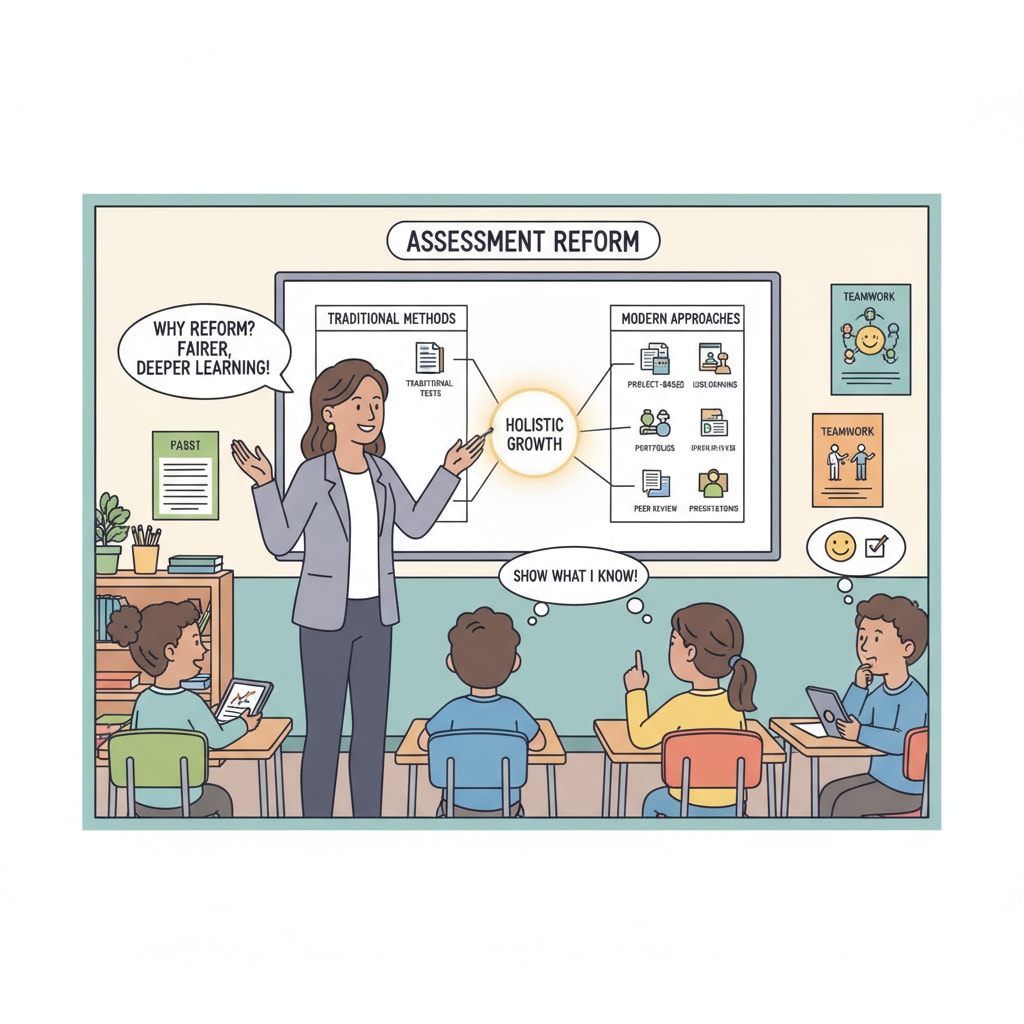Academic failure, university expulsion, and second application are topics that carry a great deal of weight for students who have experienced setbacks in their educational journey. Many students find themselves in a difficult situation after facing academic failure, often leading to university expulsion, and then have to grapple with the idea of a second application. However, there is hope, and the K12 education system has a crucial role to play in this process.

The Impact of Academic Failure and University Expulsion
Academic failure can be a shattering experience for students. It not only affects their academic record but also takes a toll on their mental health. For instance, a student who fails to meet the academic requirements of their university may face expulsion. This expulsion can lead to feelings of shame, self-doubt, and a sense of loss of direction. According to American Psychological Association research on student mental health, such setbacks can have long-lasting impacts on a student’s well-being. Moreover, it becomes a significant hurdle when they consider a second application to a university, as they need to address the reasons for their previous failure.
Reforming the Evaluation System in K12 Education
The K12 education system needs to reform its evaluation system to better support students who may face academic failure. Traditional evaluation methods often focus solely on grades, which can be a narrow measure of a student’s capabilities. Instead, a more comprehensive approach should be adopted. For example, including project-based assessments, peer evaluations, and self-assessments. This way, students are evaluated on a broader range of skills and knowledge. As stated in this Education Week article on rethinking student assessment, a more inclusive evaluation system can help students identify their strengths and weaknesses earlier, preparing them better for potential academic challenges in the future. This reform can be a stepping stone for those who might face university expulsion and need to consider a second application.

Building Resilient Education Paths
Constructing resilient education paths is essential for students who have faced academic failure. This means creating alternative routes for students to continue their learning. For example, offering bridge courses, online learning options, or vocational training programs. These paths can provide students with the opportunity to regain confidence and skills. By doing so, they are better equipped to handle the possibility of university expulsion and can approach a second application with more assurance. In addition, these flexible education paths can help students develop the adaptability needed to overcome future academic obstacles.
Fostering a Growth Mindset
Another crucial aspect is fostering a growth mindset among students. A growth mindset, as defined by psychologist Carol Dweck, is the belief that abilities and intelligence can be developed through effort and learning. In the context of academic failure and university expulsion, students with a growth mindset are more likely to view these setbacks as opportunities for growth. K12 educators can play a vital role in cultivating this mindset by providing positive feedback, encouraging students to take risks, and showing them that failure is a part of the learning process. This mindset can significantly influence a student’s approach to a second application, giving them the motivation and determination to succeed.
In conclusion, academic failure, university expulsion, and second application are complex issues that require a comprehensive approach. The K12 education system has the power to transform the situation for students by reforming the evaluation system, building resilient education paths, and fostering a growth mindset. By doing so, we can offer students a chance at redemption and a brighter future in their educational pursuits.
Readability guidance: The article uses short paragraphs to make the content more accessible. Each H2 section provides key points related to helping students deal with academic failure, expulsion, and second applications. Passive语态 is kept to a minimum, and transition words like ‘however’, ‘for example’, and ‘in addition’ are used to enhance the flow of the text.


